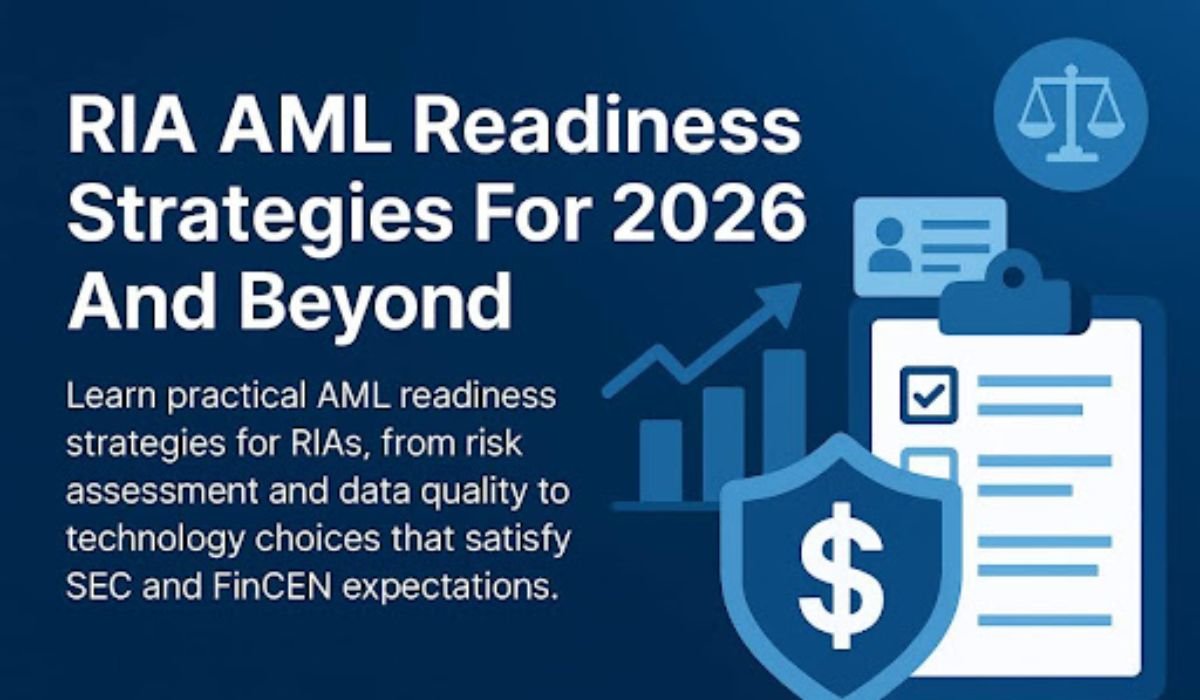Workplace communication has changed more in the last decade than in the previous fifty years. From handwritten memos and landline calls to emails and instant messages, the way we connect at work continues to evolve with every advancement in technology.
Today, we’ve entered an era where speed, clarity, and accessibility drive communication—especially for teams that don’t sit behind desks. In industries like construction, healthcare, and manufacturing, quick and effective updates aren’t just convenient—they’re essential.
Among all the tools that have emerged, texting has taken on a powerful role. It’s fast, familiar, and doesn’t require Wi-Fi or logins. But as it becomes a mainstream method of internal communication, especially for frontline teams, one thing has become clear: texting etiquette in the workplace matters more than ever.
Let’s explore how workplace communication has evolved, why texting has become a staple for frontline workers, and how professional texting etiquette can shape a more connected, respectful, and productive workforce.
From Memos to Mobile: A Communication Timeline
Not long ago, employees learned about policy changes from printed memos on breakroom walls. Important announcements were relayed through department heads, and urgent updates traveled through a maze of internal calls or emails.
Then came email. It changed everything—offering written records, speed, and the ability to reach entire departments with a few clicks. But email has its limits, especially when teams are mobile. It doesn’t reach workers out in the field, at job sites, or on the floor of a busy hospital.
Now, we’ve entered the mobile-first age. Workers expect communication on their personal devices in a way that mirrors how they interact outside of work—quick, direct, and easy to respond to.
That’s where SMS steps in. Texting meets people where they are—literally and figuratively. It doesn’t require an app, Wi-Fi, or complex setup. It’s a natural fit for frontline teams. But like every powerful tool, it requires thoughtful use.
Why Texting Has Taken the Lead
Texting has filled a critical gap in workplace communication, especially for industries that rely on non-desk workers. Whether it’s coordinating shift changes, sending safety alerts, or delivering last-minute instructions, SMS is unmatched in speed and simplicity.
However, the casual nature of texting in our personal lives can easily spill into our professional tone if we’re not careful. And that’s where organizations run into trouble.
A message that’s too vague, too informal, or poorly timed can create confusion, frustration, or even missed responsibilities. That’s why professional texting etiquette must become part of the internal communication culture.
The Importance of Professional Texting Etiquette
Let’s be honest—texting feels informal by default. It’s fast, short, and often loaded with abbreviations. But in a professional setting, even a five-word message carries weight. The way we write, structure, and send texts directly impacts how they’re received—and how people feel about their work environment.
Here’s why texting etiquette matters:
1. Respect in Every Message
Professional etiquette shows that you respect the recipient’s time and attention. Using names, polite language, and a clear message format helps reinforce mutual respect, even in rushed situations.
2. Preventing Miscommunication
Text messages can be misread easily, especially when tone and context are missing. Thoughtful formatting, full sentences, and clear instructions help prevent costly misunderstandings.
3. Reinforcing Company Culture
Consistent, professional messages reinforce the culture you’re trying to build. Whether it’s a safety alert or a morale-boosting reminder, every message contributes to how your team perceives leadership and the organization.
4. Efficiency Without Compromise
Etiquette doesn’t mean making messages long or formal—it means being effective. A well-written text delivers the message the first time, without back-and-forth clarification.
Foundations of Workplace Texting Etiquette
So, what does professional texting etiquette actually look like in practice? Here are a few core principles HR professionals and managers can promote across their teams:
1. Be Specific and Purposeful
Every message should have a clear intent. Avoid general or confusing messages. For example:
- ✅ “Hi Kevin, your shift on Thursday has moved to 2 PM – 10 PM at Site 3. Let us know if this works for you.”
- ❌ “Shift changed. Call me.”
2. Keep the Tone Friendly but Professional
Avoid overly casual language or jokes that could be misinterpreted. A warm, respectful tone is always the safest route. Office workers typically received about 12 individual phone calls and 13 text messages each day.
3. Use Names, Not Just Numbers
Start messages with the recipient’s name when possible. It personalizes the message and helps the employee feel seen, not just managed.
4. Proofread Before Sending
Typos happen, but when they affect times, dates, or names, they can cause major confusion. Take a few extra seconds to review your message.
5. Avoid All-Caps and Excessive Punctuation
All-caps can feel like yelling. Multiple exclamation marks or question marks can feel aggressive or panicked. A calm tone builds trust, even during urgent updates.
6. Mind the Timing
Don’t send non-emergency messages during off-hours or breaks. Texting after hours about non-urgent topics can make employees feel like they’re always “on.” Tools like Udext help schedule messages at appropriate times without manual effort.
How HR Professionals Can Champion Better Communication
In 2020, core HR and personnel management software was the largest specialized segment in the core human resources (HR) applications market, generating around 5.8 billion U.S. dollars in revenue.
As an HR professional, you play a crucial role in setting the tone for how people talk to each other within your organization. Here’s how you can lead the way:
1. Create a Simple Texting Policy
Develop a short set of texting guidelines to share during onboarding or team meetings. Focus on clarity, tone, timing, and professionalism. Keep it practical with examples.
2. Use a Central Messaging Tool
A platform like Udext gives HR teams more control over communication tone and consistency. With features like scheduled broadcasts, real-time alerts, feedback collection, and message translation, you can maintain a professional standard without extra manual work.
3. Offer Micro-Training
Host short sessions to walk managers through proper texting etiquette, especially if they regularly message teams. Even a 10-minute talk during onboarding can prevent months of miscommunication.
4. Lead by Example
Your messages—whether they’re shift reminders or morale boosters—set the tone for the entire team. When your texts are professional, respectful, and clear, others will follow suit.
Texting Is More Than a Tool—It’s an Extension of Your Culture
The way you communicate shapes how employees feel about their work. Especially in high-paced environments where there isn’t time for long conversations or frequent meetings, texting becomes the voice of the organization. That voice should be clear, kind, and confident.
Professional texting etiquette isn’t about being stiff—it’s about being thoughtful. It’s about making sure your messages are received, understood, and respected. And in return, it’s about showing your team that you respect their time, their role, and their contribution.
Final Thoughts: Intentional Texting Builds Stronger Teams
As workplace communication continues to evolve, one thing remains constant: people want to feel connected and informed. Whether it’s a last-minute update or a motivational note before a busy shift, every text is an opportunity to strengthen your team dynamic.
HR leaders who embrace professional texting etiquette are doing more than improving communication—they’re building trust, improving efficiency, and creating a work culture that values clarity and respect.
READ ALSO: CallScroll.com: The Future of Predictive Communication—Here’s How It Reads Your Needs











